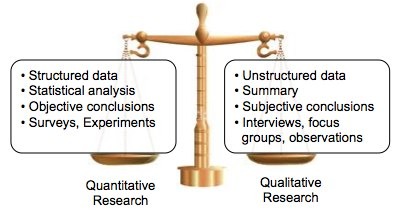
The collection of primary and secondary qualitative data can only be in the form of words, images, texts, et cetera, not in the manner of numbers and/or specific measurement. If community data may not be collected in a form of numbers, using formula or specific measurement, then the resulted data (i.e. qualitative data) may not always be accurate in numbers. Qualitative data is difficult to be quantified or the data results cannot be generalized from sample to the population of interest. This is because the researcher works with general data, and the classification of the population is wide-ranging such as elderly men. The process of qualitative data analysis is labor intensive and time consuming (Burnad, Steward, Treasure & Chadwick, 2008).
Strategies for mitigating these challenges may help to broaden evidence from understanding of behavior pattern and activities of information, not necessarily numerical and quantity in formation. By the same token, the community health approach could guide the assessor to make use of knowledge claim based mainly on constructivist ideology. Public health professionals should review community data collection tools, especially in dealing with abstract ideas. According to Creswell (2009), qualitative research method deals with research strategies such as ethnography, grounded theory, case studies, phenomenological research, and narrative research.
One perfect example for when qualitative data may be more appropriate in community health assessment is the use of action research to describe how health needs assessment of a specific community was conducted. An action research is a research model of mostly qualitative that cultivates facts and understanding as part of research (Action Research and Action Learning for Community and Organizational Change, n.d.). In most cases, action research can be done where other research practices may be tough to undertake.
Work Cited:
Action Research and Action Learning For Community and Organizational Change.(n.d.). Action research: action and research. Retrieved from http://www.aral.com.au/resources/arfaq.html#a_faq_1
Burnad, P., Gill, P., Steward, K., Treasure, E., & Chadwick, B. (2008). Analyzing and presenting qualitative data. British Dental Journal, 204, 429-432. doi:10.1038/sj.bdj.2008.292
Creswell, J. W. (2009). Research design: Qualitative, quantitative, and mixed methods approaches (3rd ed.). Thousand Oaks, CA: SAGE Publications, Inc.
